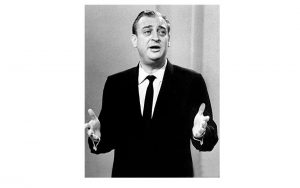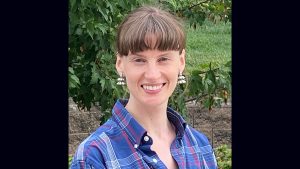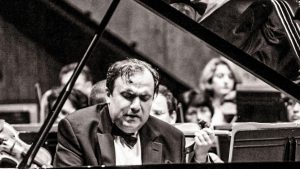Why Jews read Torah on a yearly cycle
Published September 30, 2021
Every week, one section of the Torah, known as the Torah portion or “Parsha” is designated as a focus of Jewish study and is read aloud in synagogue that Shabbat.
The first mention of a scheduled Torah-reading cycle appears in the Bible, in Deuteronomy, where Moses instructs the tribe of Levi and the elders of Israel to gather all the people for a public reading from portions of the Torah once every seven years. The need to read the Torah publicly intensified after the destruction of the Second Temple in 70 CE; Jews were dispersed into other parts of the Middle East, into North Africa, and into Europe; and their earlier religious and cultural world became decentralized. While most Jews in the Diaspora now follow one Torah-reading cycle, some communities are on a triennial cycle.
Because a reference in the Mishnah (the first effort to permanently record Jewish custom and law, compiled in the 3rd century C.E.) supported Deuteronomy’s prescription, we understand that Jews were continuing to read the Torah publicly; and we also know that there were Torah readings for festivals, special Shabbatot (plural of Shabbat) and fast days.
ADVERTISEMENT
But it was not until the Talmudic era, about the 6th century C.E., that the Jews in the Land of Israel began to read the entire Torah in public and do so until all the Five Books of Moses were completed. At that time, the cycle took three years in a pattern called the Palestinian triennial, beginning the first year with the first book, Genesis, and finishing, at the end of the third year, with the fifth book, Deuteronomy.
The Jews of Babylon, however, followed a different custom, established by the beginning of the 7th century CE, and completed the entire cycle each year, which they did by dividing the Torah into 54 weekly portions. (Because the number of portions exceeds the number of weeks in a given year, more than one portion is read during certain weeks.) In Hebrew, the word for portion is parsha (plural, parshiyot).
In the 19th century, a reintroduction of the Palestinian triennial cycle was attempted at the West End Congregation in London, but was unsuccessful. In the middle of the 20th century, various congregations in the United States (primarily Conservative ones) were seeking ways to modernize the service and also to spend more time on Shabbat on Torah study. They too attempted to revive the Palestinian cycles with the argument that reading only a section of the weekly Torah portion would make Torah study more concentrated and thus enhanced.
ADVERTISEMENT
The reintroduction failed for two reasons. First, in the pattern of the Palestinian triennial cycle, the weekly reading would have differed from what the rest of the Jewish world was reading. Second, Simchat Torah (the holiday in which Jews celebrate the conclusion of one Torah-reading cycle and the beginning of the next) celebrations would occur only one out of every three years, instead of annually.
Finally, in 1988, the Committee on Jewish Law and Standards of the Conservative Movement passed a legal responsum that put into practice a new American triennial cycle. This new triennial cycle, rather than dividing the entire Torah into thirds, as was done in the Palestinian cycle, divides each of the individual 54 portions into thirds. Therefore, a congregation can be reading within the same portion as those who follow the annual cycle, but will only read one-third of each portion per year. In addition, this pattern enables the congregation to read from Genesis through Deuteronomy each year, providing for an annual celebration of Simchat Torah.
There is an obvious drawback to this system: Only one-third of each conventional Torah portion is actually read per year; and the readings, because incomplete, do not flow smoothly into the portion of the following week. Nonetheless, the vast majority of American Conservative and Reform congregations prefer this new cycle. All Jews in Israel, however, and Orthodox Jews in America continue to follow the annual cycle with the full portion read each week.
Reprinted with permission from Celebrating the Jewish Year (Jewish Publication Society).



















